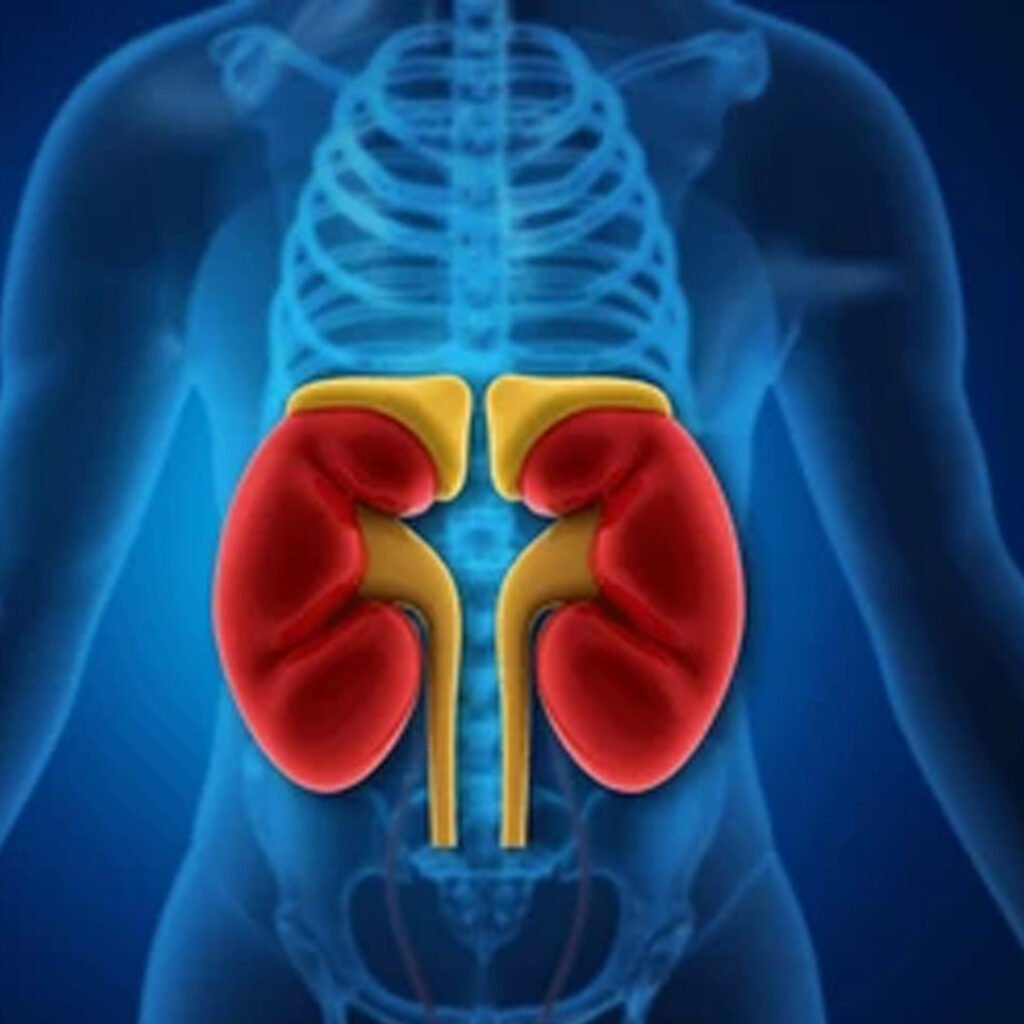Alcoholic liver disease
Introduction
Alcoholic Liver Disease (ALD) is a progressive liver disorder caused by excessive and prolonged alcohol consumption. It leads to liver damage due to the toxic effects of alcohol and its byproducts, which impair liver function over time. ALD can range from mild inflammation to severe liver failure, depending on the stage and duration of alcohol use. Early detection and treatment are crucial to prevent permanent liver damage.

Types of Alcoholic liver disease
Alcoholic Fatty Liver Disease
The earliest stage where fat accumulates in liver cells due to alcohol intake. It’s usually symptomless and reversible.
Alcoholic Hepatitis
Liver inflammation caused by prolonged alcohol abuse. Symptoms include jaundice, pain, nausea, and fever.
Alcoholic Fibrosis
Scar tissue starts forming in the liver, reducing its efficiency. Early treatment can stop progression.
Alcoholic Cirrhosis
The most severe stage with irreversible liver damage, scarring, and loss of function. Transplant may be needed.
Causes of Alcoholic liver disease
- Chronic and heavy drinking directly damages liver cells and impairs liver function.
- Long-term alcohol consumption increases the risk of progressive liver damage.
- Certain genes affect alcohol metabolism, making some individuals more prone to ALD.
- Alcohol interferes with nutrient absorption, weakening the liver and accelerating damage.
- Women are more susceptible to alcohol-induced liver damage even at lower consumption levels.
- Excess body fat worsens alcohol-related liver injury by promoting fat accumulation and inflammation.
- Consuming large amounts of alcohol in a short time severely stresses the liver and increases risk.
- Conditions like hepatitis increase vulnerability to alcohol-related liver damage.
- Alcohol alters immune responses, leading to inflammation and liver cell injury.
- Acetaldehyde, produced during alcohol metabolism, is highly toxic to liver cells.
- Smoking while drinking accelerates liver damage and increases oxidative stress.
- Older individuals metabolize alcohol less efficiently, increasing the likelihood of liver disease.
Clinical features of Alcoholic liver disease:
Jaundice
Yellowing of skin and eyes occurs due to accumulation of bilirubin in blood.
Fatigue
Persistent tiredness happens because the damaged liver cannot effectively metabolize nutrients and toxins.
Abdominal Pain
Discomfort or pain develops in the upper right abdomen due to liver inflammation.
Hepatomegaly
The liver enlarges as a result of fat accumulation and chronic alcohol injury.
Nausea and Vomiting
Digestive disturbances occur from liver inflammation and impaired processing of food and toxins.
Symptoms associated with Alcoholic liver disease:
- Loss of appetite occurs due to liver inflammation from alcohol consumption.
- Unexplained weight loss happens because liver cannot process nutrients properly.
- Dark urine develops from excess bilirubin being excreted by kidneys.
- Pale stools appear due to reduced bile production from liver damage.
- Swelling in legs occurs because liver damage causes fluid retention.
- Itchy skin develops from bile salt accumulation under the skin.
- Easy bruising occurs due to decreased clotting factor production by liver.
- Confusion arises when toxins accumulate in bloodstream from liver impairment.
Investigations in Alcoholic liver disease:
- Measures levels of liver enzymes, bilirubin, and proteins to assess liver health. Elevated AST and ALT suggest liver injury caused by chronic alcohol consumption.
Evaluates red and white blood cells, hemoglobin, and platelets. Chronic alcohol use may cause anemia, low platelets, or signs of infection due to impaired liver function.
Imaging technique to visualize liver size, texture, and fat accumulation. Detects hepatomegaly, fatty liver changes, or early signs of cirrhosis caused by prolonged alcohol abuse.
Provides detailed cross-sectional images to detect fibrosis, cirrhosis, or liver nodules. Useful for assessing disease severity and ruling out other structural abnormalities.
Offers high-resolution imaging for liver tissue evaluation. Helps in identifying fibrosis, fatty infiltration, and complications such as portal hypertension or early cirrhotic changes.
Measures bilirubin levels in blood. Elevated bilirubin indicates impaired liver excretion, common in alcoholic hepatitis and advanced liver disease.
Assesses blood clotting ability. Liver damage reduces clotting factor synthesis, prolonging PT and increasing bleeding risk.
Involves obtaining a small tissue sample to examine under a microscope. Confirms the extent of fibrosis, inflammation, and alcohol-related liver damage.
Enzyme test elevated in chronic alcohol use. Helps differentiate alcoholic liver disease from other liver disorders.
Measures AFP levels to screen for liver cancer. Chronic alcohol-related cirrhosis increases the risk of hepatocellular carcinoma, making regular monitoring important.
